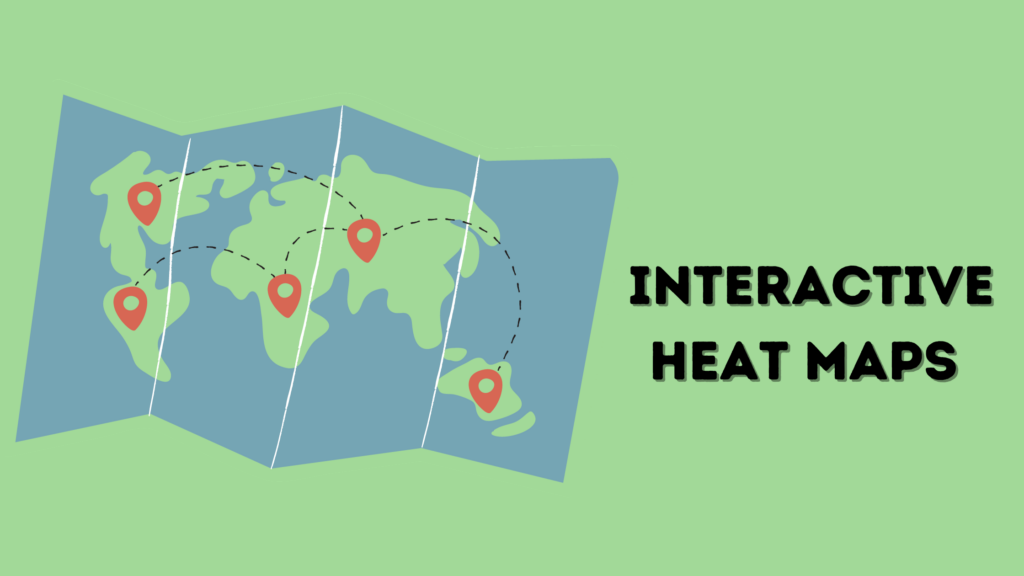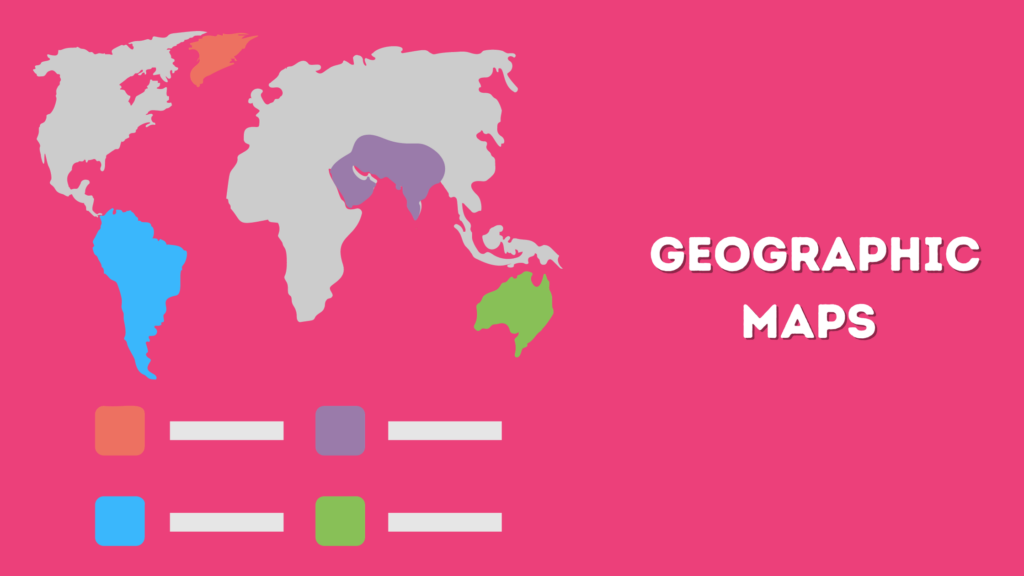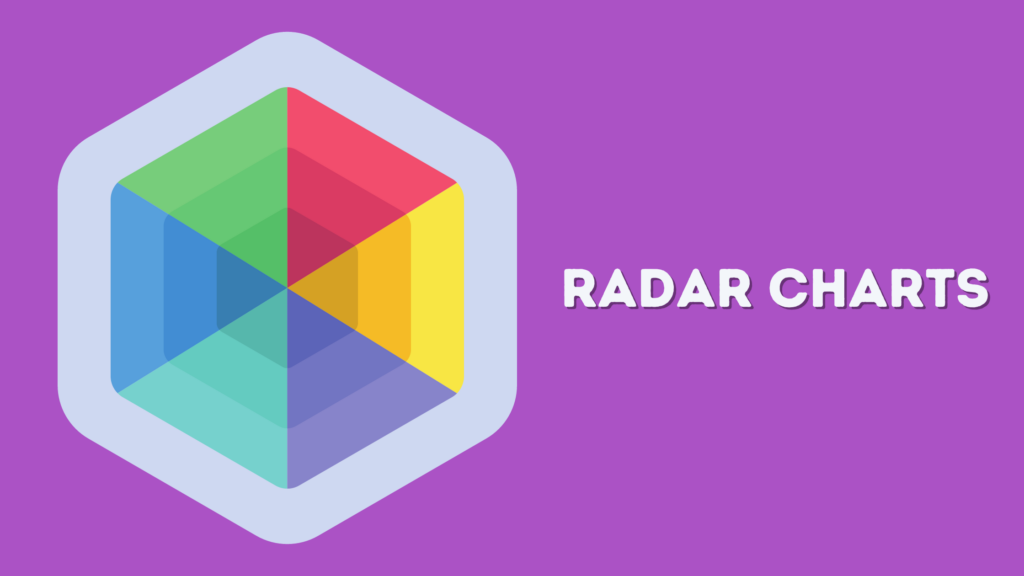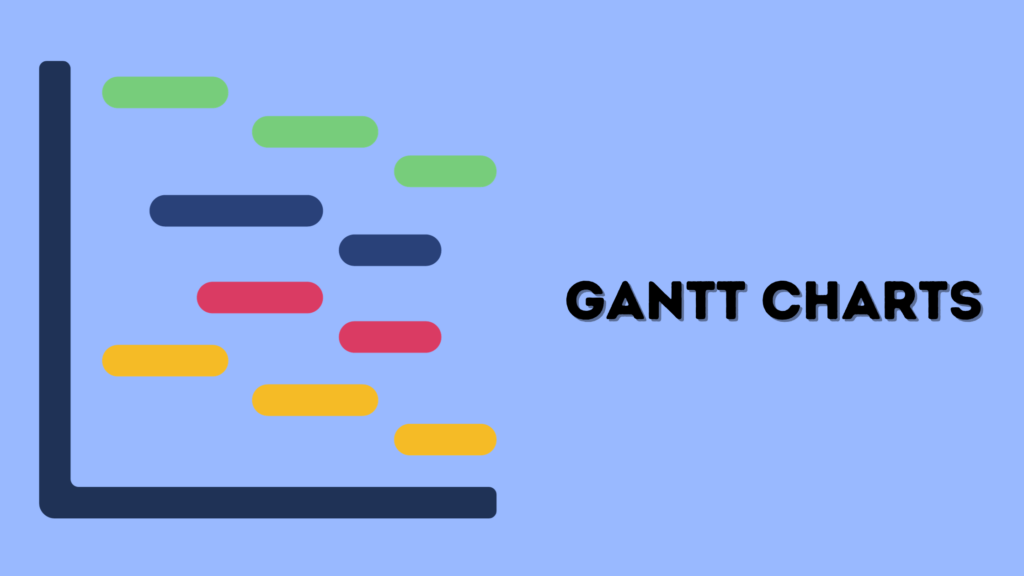A clear, concise, and impactful SEO report helps inform and impress your clientele. An SEO report should be sorted, filtered, and presented in such a way that the information it conveys makes sense for stakeholders and business owners.
It is easy and quick to identify patterns and trends in an SEO strategy by using data visualization in the SEO reports. Visualization helps make it quick and convenient to convey insights to people at large.

As a marketer, it is a challenge to make stakeholders take action on your recommendations, and it gets more challenging with spreadsheets having numerous rows and columns.
Visualization helps you easily and swiftly communicate your findings and get resources approved for implementing them. Data visualization is a way to present data using visual aids to communicate complex information in an easy and appealing way. Regarding SEO reporting, data visualization can help you in the following ways:
- Present data in an engaging and captivating way
- Communicate complex information in a simple way to non-technical stakeholders
- Identify and show patterns and trends to aid decision-making
Interactive heat maps

Interactive heat maps are 2D data visualizations that use color coding to represent the areas of a web-page that receive the most clicks. When using interactive heat maps in SEO reports, you can allow users to hover around different areas of the map to get more detailed information.
In this way, data analysis will be an easy, informative, and engaging experience for the clients. Here are some examples of using interactive heat maps in SEO reporting:
- These maps can be used to track rankings for specific keywords over time. It will give you an idea of which keywords are performing well, and which ones need improvement.
- You can use an interactive map to identify areas where your website is not yet ranking well for relevant keywords, so you can focus your SEO efforts in that area.
- These maps can be used to measure the impact of SEO changes on your website’s rankings.
- You can use an interactive map to visualize the backlinks pointing to your website. This can help you identify high-quality backlinks and opportunities to acquire more backlinks.
Tools: Google My Maps is a free tool that can be used to create interactive heat maps.
Geographic maps

Geographic maps are another visualization tool that can be used to make your report more appealing and engaging. These maps can help you identify which regions your website visitors are coming from, and which geographic areas are driving the most traffic.
- These maps can be used to discover prevalent languages and cultures among your website visitors. It will help you customize your content in a way to communicate with specific audiences.
- These maps can be used to show the performance of your social media pages in different regions.
- It can also be used to identify the most popular search terms in different geographic areas.
Tools: Google My Maps is a free tool that can help you create custom maps to suit your requirements.
Bubble charts

Bubble charts are visualization tools that use bubbles to represent data points. They can be used to represent relationships between three or more variables. In SEO reports, these charts are popularly used to visualize the relationships between search terms, click-through rate (CTR), and average position.
- This can help SEO professionals identify which search terms are generating the most traffic and which ones need improvement.
- It can also be very useful for comparing website traffic data across different channels, such as organic search, paid search, and social media.
- These charts can help you identify which channels are driving the most traffic and which ones may be under-performing.
Tools: Google Chart is a free tool used to create bubble maps in SEO reports.
Tree maps

Tree maps are a way to visualize data in a hierarchical order using rectangles of different sizes to represent different data points, making it easy to spot data patterns or compare data quantities.
It is typically used for “part-to-whole” visualization by displaying the parts of a data set that add up to a total value. By using tree maps, you can combine different aspects of your data into a single visualization.
- Tree maps can be used to visualize the rankings of a website for different keywords. This makes it easy to identify which keywords are performing well and which ones need improvement.
- Tree maps can be used to visualize the backlinks pointing to a website so as to identify high-quality backlinks and opportunities to acquire more backlinks.
- Tree maps can also be used to visualize the traffic to different pages on a website. Similarly, it can be used to visualize user engagement on different platforms, such as websites, social media sites, etc.
Tools: Microsoft Excel, Google Sheets, Tableau, and Adobe Illustrator are some tools for creating tree maps.
Sankey diagrams

Sankey diagrams are an effective way to visualize data flow by using a series of arrows to show the flow of data from one point to another. They are great alternatives to common pie charts or bars as they show low differences between relevant entities, while pie charts and bars show only general comparisons. There are numerous nodes in these diagrams that are connected by a link. The link is between a couple of nodes, and each node appears just once.
- These diagrams can be used to show the flow of traffic and user behavior on your website. It will help to identify important traffic sources to focus your SEO efforts.
- It can be used to track the performance of different SEO campaigns. This can be done by creating a separate Sankey diagram for each campaign and then comparing the results over time.
Tools: There are many free and paid tools that can be used to create Sankey diagrams, such as SankeyMATIC, Microsoft Excel, Tableau, etc.
Radar charts

Radar charts are used to compare data across multiple dimensions. These charts typically use a spider-web-like graph to display comparisons between different data points.
These charts are useful to show comparisons of website traffic data across different time periods or when comparing traffic data for different website sections. Here are some common uses of radar charts in SEO reports:
- It is used for comparing the performance of different pages or domains or a range of SEO metrics, such as organic search traffic, backlinks, and keyword rankings.
- It can be used to track the performance of SEO campaigns over time. This can be done by creating a separate radar chart for each campaign and then comparing the results over time.
Tools: Some of the free tools that can help you create radar charts are Google Charts, Canva, ChartGo, etc.
Gantt charts

Gantt charts are typically used to visualize project timelines and progress. These charts use horizontal bars to represent different tasks and show how long each task takes to complete. It is important to update the chart regularly to reflect the latest changes and share it with all stakeholders, so everyone is on the same page.
- These charts can help you identify delays and areas where you can optimize your workflow.
- It can be used to show SEO progress on a daily, weekly, or monthly basis and keep it on track.
Tools: Google Sheets is a popular spreadsheet software that can be used to create Gantt charts. Microsoft Excel is another important spreadsheet software popularly used to create Gantt charts.
Scatter plots

Scatter plots show relationships between two variables by scattering dots on a graph. It is also regarded as a Scatter Plot, Scatter Graph, or Scatter Diagram. It is very beneficial in comparing website traffic data across different variables, such as time of day, day of the week, or geographic location.
- It can be used to identify trends and patterns in data to make informed decisions. For instance, you can use it to visualize and analyze the position of keywords over a given period of time.
- You can also use a scatter plot to compare the organic search ranking of two different websites. It is important that the metrics you choose should be relevant to your SEO goals.
Tools: Google Sheets have some basic Scatter Plot templates. You can also use Microsoft Excel and Chart Expo for creating scatter plots
Waterfall charts

Waterfall charts are a kind of chart commonly used to show changes in data over a period. These charts use a series of bars that rise and fall to show how the data has changed from one point in time to another. For instance, a waterfall chart can be used in an SEO report to show the changes in website traffic over a given period of time.
By using a waterfall chart, you can show the initial value of the organic traffic, and then each bar would represent a change in the traffic, and the final bar would show the current value of the organic traffic.
In this way, it can be used to visualize the changes in organic traffic over time. They can help the SEO team identify the factors that are affecting traffic and make the necessary changes to improve the website’s ranking.
Tools: Google Page Speed Insight is a free tool from Google that enables users to analyze the performance of their site. It includes a waterfall chart that shows the order in which resources are loaded on the user’s website and how long each resource takes to load.
Word cloud

Word clouds are visual representations of textual data. These use different font sizes and colors to show which words appear more frequently or are more important. The word appearing more frequently will be prominent in the word cloud.
- They are a fun and visually appealing way to present data, but they can also be a useful tool for identifying key themes and trends in your data.
- Word clouds can be used to determine frequently used keywords in website content. It will be helpful for identifying relevant keywords for the target audience, and it can be used to improve a website’s SEO ranking.
Tools: There are many tools that you can use to create a Word Cloud in an SEO report, such as Wordclouds.com, Google Charts, etc.
Selecting the right type of visualization for your data insights
Different types of data require different kinds of visualizations. For instance, flow data can be presented through a Sankey diagram, while Scatter plots can be used to depict progress over time for a particular SEO metric.
Picking the right type of visualization depends on the type of data you have and the story you want to share with it. Here are some tips to choose the right type of visualization method to represent your data insights
- While it may be tempting to create distinct visualizations, simple visualizations are more effective.
- Identify the key message that needs to be communicated and consider the type of data you want to communicate, such as trends, patterns, and comparisons.
- There are many free and paid tools available for creating data visualizations, such as Google Data Studio and Excel. Select the right tool based on your needs and level of expertise.
- For selecting the right way of displaying data, it is important to consider the type and preferences of your audience. One should use colors, fonts, and other design elements that are appropriate for the targeted audience.
- Avoid overwhelming the report with too much data and clutter. For this, it is recommended to stick to a few colors in your data visualizations, use simple stat widgets, and separate sections with clear titles.
Conclusion
Data visualization guides your team to take action, impress stakeholders with goal progress, and show your audience how much effort you put into attaining your goals. Visualization methods help convey insights to a broader audience in a way that makes sense to them. It is prudent to use various SEO data visualization tools to create clear, concise, and catchy reports, such as interactive heat maps, geographic maps, tree maps, bubble charts, waterfall charts, and so on.
It is equally important not to overdo it. One should choose colors, fonts, and other design elements that are appropriate for the targeted audience. There are many free and paid data visualization tools available to improve your SEO reporting. Make sure to select the right SEO tools and techniques to show your impact in a way that draws everyone’s eye right to what matters most.
